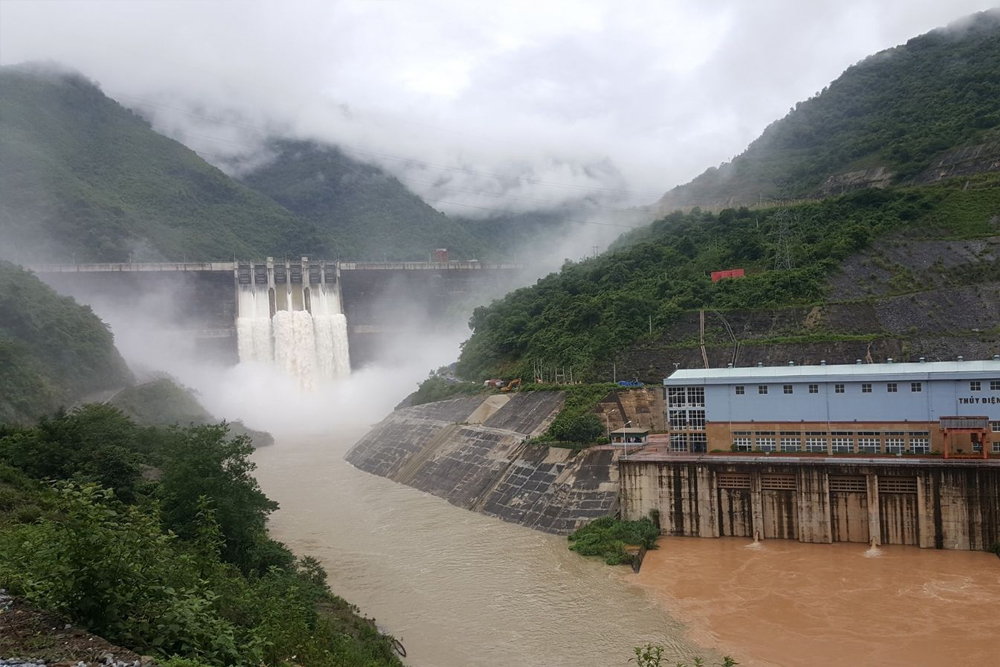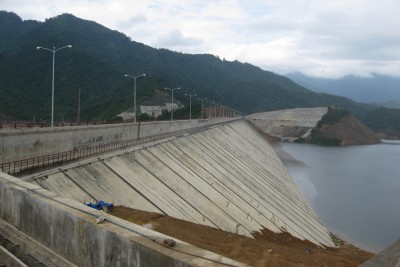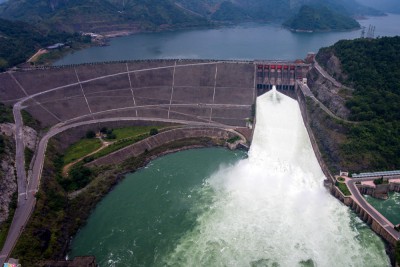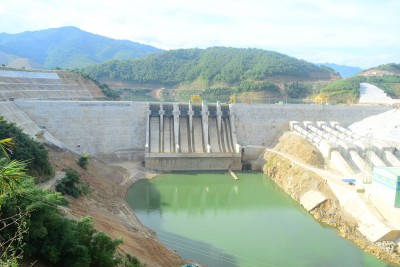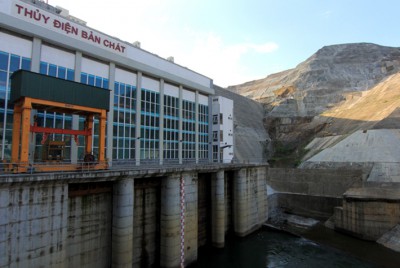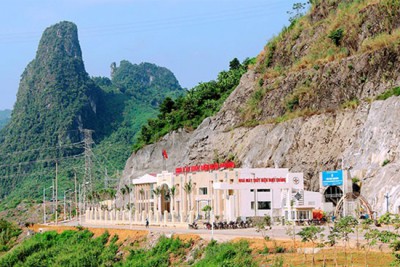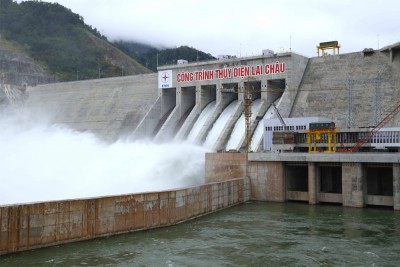Ban Ve Hydropower Plant
- By year: 2010
- By location: Northern Vietnam
- By category: Hydropower plants
Due to the severe floods in September 2011, the mountain situated just 5m away from the plant began to break and pour mud into the plant’s turbine area. Fearing that the turbines will be completely buried into the mud, officials began taking measures to prevent further damage from the mountain.
Prior to this incident, a serious rockslide occurred at the Ban Ve construction site in December 2007, which buried 18 workers and engineers under 500,000t of stone.
Renewables dominate Vietnamese electricity generation
Vietnam’s per capita electricity consumption has been among the lowest in Asia, but is on the rise. There have been higher living standards and rapid growth in the commercial sector, with many people moving to major cities. That is pushing up electrical demand, which is predicted to grow by 15% a year until at least 2010, and Vietnam has limited generating capacity.
According to REEEP (Renewable Energy & Energy Efficiency Partnership), the main sources for electricity generation in Vietnam are renewables (46.4%), coal (17.7%), oil (6.5%) and gas (29.4%). Since 1990, Vietnam has been a net energy exporter, mainly of crude oil and coal. Its lack of refining capacity means that the country fills most of its domestic consumption from imports.
Vietnam buys power from China and Laos. The Vietnamese Government has now set a target to produce 5% of the total energy production through renewable sources by 2025.
Building a national grid in Vietnam
Vietnam’s distribution infrastructure has recently been improved, and EVN (Electricité of Vietnam, the state power company) by 2020 aims to patch together several regional grids to produce a national electricity grid. The country adopted an ambitious plan for 32 power stations (16 of which are hydro power stations) generating over 7,500MW, including its first nuclear power plant. Ban Ve was one of five hydro projects that started in 2004. In the first half of 2008, ten hydro projects totaling nearly 400MW came on line in the highlands and central provinces.
Even with Vietnam’s improvement of its rural electrification grid, over three million rural households will still not have access to electricity before 2010. Many could be reached by distributed and renewable energy sources, though.

